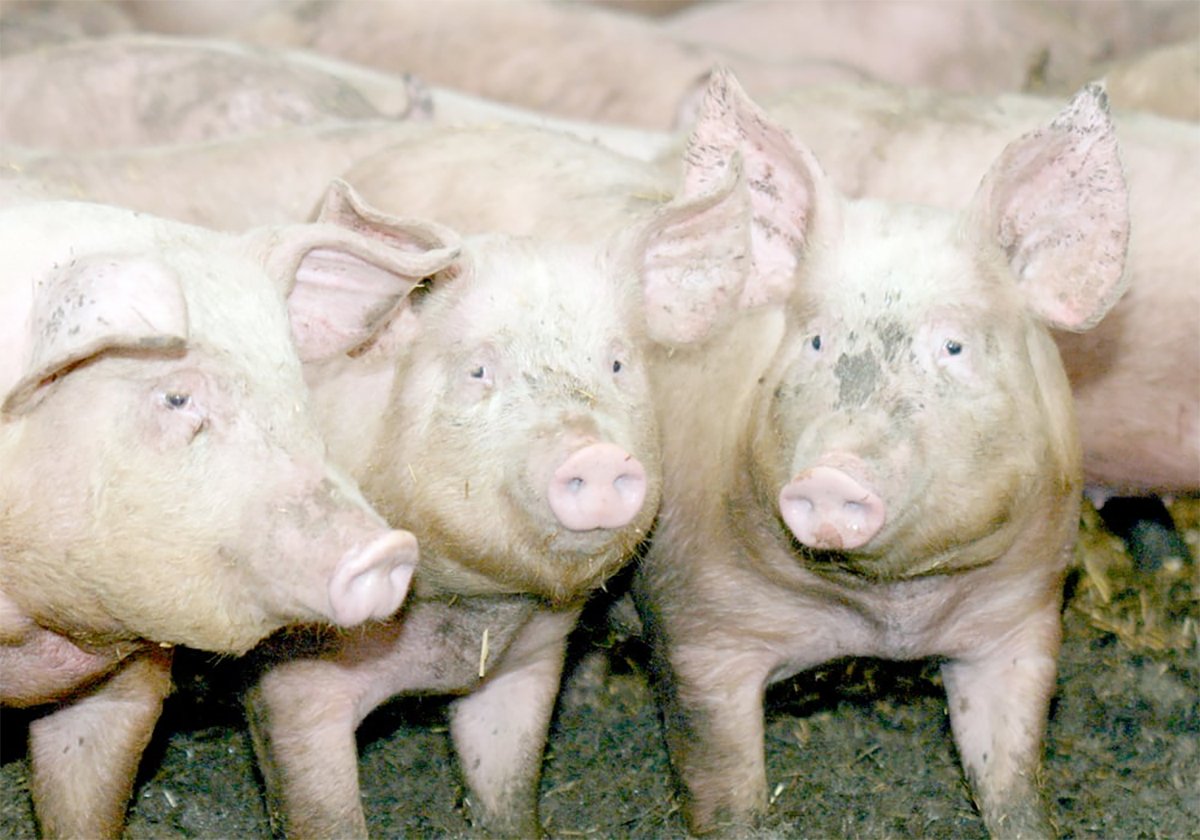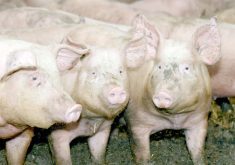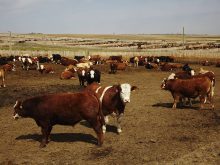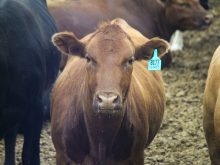A decades-long study has found seeding pastures to alfalfa is the best path to profitability for cattle producers.
From 1994 to 2004, researchers at Agriculture Canada’s Brandon Research Centre investigated the viability of converting marginal cropland to pasture.
Options included seeding pastures to create two paddocks of only meadow bromegrass and mixed meadow bromegrass-alfalfa, and two more of each type with and without the addition of fertilizer to soil test recommendations.
The cost of adding fertilizer based on 2007 prices averaged $65 per acre for the grass-only pasture, and $31 per acre for the alfalfa-grass mix during the 10-year study.
Read Also

The Western Producer Livestock Report – November 13, 2025
Western Producer Livestock Report for November 13, 2025. See U.S. & Canadian hog prices, Canadian bison & lamb market data and sales insights.
Although adding fertilizer increased pasture productivity, the only strategy that resulted in an average net profit was the unfertilized alfalfa-grass based on 2007 input prices with nitrogen at 50 cents per pound.
The study found that all other options would have lost money, based on a typical custom grazing rate of 43 cents per lb. of gain, minus production expenses, which included seed, fertilizer, fuel and taxes.
Fertilizing grass-only pastures doubled productivity from one tonne per acre to two tonnes, but the cost pushed net returns deep into negative territory, making that strategy the biggest money loser at minus $40.06 per acre.
Although the unfertilized grass-only pasture had cheaper production costs, its lower yields also resulted in a net loss due to its much lower productivity.
Trying to top up the fertility of the alfalfa-grass pasture to soil test recommendations was also a net loser.
In the alfalfa-grass, production was bumped up by 0.6 tonnes per acre by adding fertilizer, but again the added expense made it a net loser of $3.24 per acre over the 10-year average.
Annual rainfall was the critical factor. Between 1998 and 2000, when summers were wetter than average, all the pastures showed a profit.
However, two dry years resulted in a net loss for all strategies, even for the alfalfa-grass pasture.
Overall, fertilized alfalfa-grass lost money five out of 10 years, while unfertilized grass-only was a loser six out of 10 years.
The biggest loser was fertilized grass-only, which lost money nine years out of 10.
“The only system that benefited the farm was in fact alfalfa unfertilized,” said research team leader Mohammad Khakbazan.
“By adding fertilizer, although the yield is increased, it is not translated into higher net income.”
Producers could take another look at fertilizer if prices were to fall in the future, he added.
Khakbazan said the benefits of adding fertilizer at levels below soil test recommendations also need further investigation.
Studying energy
In a related study, Khakbazan’s team looked at energy efficiency in pasture-based production.
Of the energy inputs studied – fuel and lubricants, machinery, fertilizer, pesticides and infrastructure such as fencing and corrals – nitrogen fertilizer was the biggest energy hog.
It represented 93 percent of the total energy inputs for grass-only production and 75 percent for fertilized alfalfa.
Fertilizing grass-only pastures required 3,700 megajoules (MJ) of non-renewable energy per acre, or roughly equivalent to burning 96 litres of gasoline per acre.
In comparison, the total energy input for unfertilized pastures, both those containing alfalfa and grass-only, was roughly 200 MJ per acre, or equivalent to burning five litres of gas per acre.
The study concluded that although fertilizing grass-only pastures doubled the forage yield, it required 20 times more fossil energy inputs.
On the other hand, adding alfalfa at seeding increased yields by 55 percent with only an 11 percent increase in total energy inputs.
“Not only was the unfertilized alfalfa-grass pasture the best choice in terms of net revenue, but based on energy use and economic performance, it was also the most efficient pasture system,” Khakbazan said.














